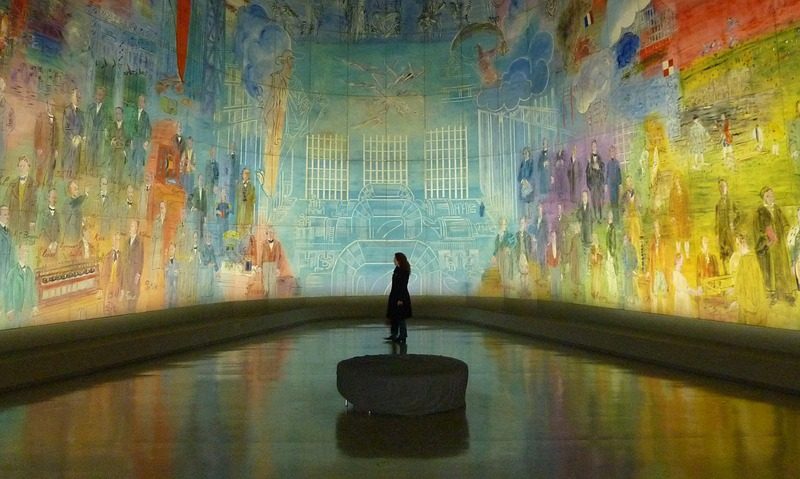Displays in Fine Art Museums
The work of a fine art museum is to choose the best pieces available in any medium for visitors to enjoy. The people who run these museums, curators, scour the world for these beautiful works of art. Depending on the museum, works from old masters to modern artists are chosen and placed on display. There may be paintings, ceramics, sculptures and even graffiti art for the viewer to admire. Each museum has its own view of art and makes appropriate choices.
Museums recognize that many of their art displays are enjoyed by people of all ages. They have taken the time to make their facilities user friendly for the very young being wheeled by their parents in strollers. The staff has also taken into account the needs of those patrons who are old enough to require digital hearing aids. Art requires emotional understanding for enjoyment. Impaired hearing or a young child’s lack of ability to walk is not a bar to that enjoyment. Parents and grandparents are able to share the beauty of art with small children because of the attention to detail these facilities offer. The needs of young and old alike are taken into consideration.
Modern art has its own niche in museums. It is a look at the world of today through the creative efforts of artists who share that world with their visitors. Museums that feature modern art have many choices available to them. The variety of art types is nearly endless. New forms are being created and old forms of art are being modified with new knowledge. Artists who experiment with form and materials are also featured in many art museums.
There are museums that feature only modern art. While these are not the only types of museums, they are important for people who live in the modern world. Artists translate what they see of life into their art. It is always a good idea for people to experience how their world is perceived. Modern art does this in a timely manner and is a reflection of the world in which we live. Showcasing these pieces is the business of modern art museums.
Bright colors and bold lines are currently part of many displays of modern art. They convey motion, and this is an accurate portrayal of the world today. Everything moves at a breakneck speed with little time to slow down or stop. Curators continually update their displays as the modern world and its culture change. Their job is to keep up with the fast pace of today’s art and culture.






